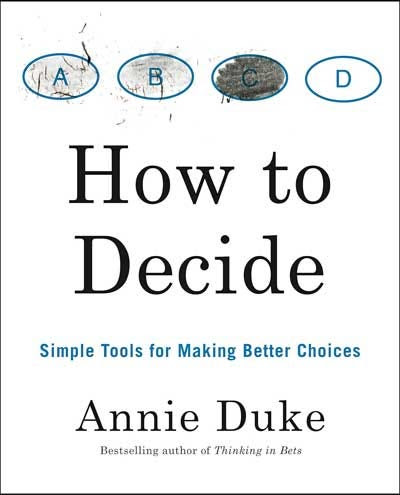Hand Crank Honey Extractor
Human-powered honey removal
This gorgeous, stainless steel spinning extractor, made in Italy for Mann Lake, sits in a privileged part of our living room and sometimes serves as a coffee table. But come extraction time, I not only use this beauty in my yard, I share it with my beekeeping friends. It’s about the size of a medium garbage can, so it’s easy to load into the car. It fits three frames at a time — the perfect amount for backyard beekeepers who often need to extract only 9 frames at once.
There’s no plug, no motor, just human arm power.
Inside is a metal carriage or rack you slide your frames into. Each side of the frame has honeycomb, so you need to flip the frames to get the honey out of both sides. But most backyard beekeepers are curious and want to check out the progress of the extraction process, anyhow. Watching the honey splatter on the inside edges of the extractor is very satisfying.
It’s also very satisfying to hold up the frame to the light and see that the honey has been sucked out of the comb and is now dripping down the inside of the extractor. And therein lies the beauty of this hand-crank model: the spigot. The honey flows down the sides of the extractor and coalesces in a pool. One only has to turn the spigot and out drips your liquid gold. I never filter or heat my honey so we just hold jars under the spigot. Viola!
Clean up is simple — just put the extractor near the beehive. The bees will lick up the remaining honey. And before I put it back in the living room, I like to pour a few buckets of hot soapy water just to make sure.
Mann Lake makes a few extractors, including a cheaper 3-frame model. However, cheaper models have the crank on top instead of on the side, which makes it more difficult to spin (can you say instant tennis elbow?). I’ve also heard it’s harder to get the spinner moving fast enough to splatter the honey. With this extractor (the HH-190), the crank is on the side, which is more ergonomically friendly. The next model up is motorized, which I think you need only if you’re a commercial size beekeeper or elderly.
Beekeeping involves buying a lot of equipment (an urban farmer, I have been beekeeping since 1999 and bought this extractor two years ago). Paradoxically, while we’re in it for the long haul and strive to buy quality, long-lasting equipment, we also pride ourselves on being thrifty, and some of us border on the edge of being Luddites. For example, in order to extract the bee’s hard-earned honey, a beekeeper must remove the frames of honeycomb, slice off the capped honey and then somehow extract the sticky ambrosia. I’m proud to say I’ve never used one of those electric, plug-in hot knives for uncapping the comb. I use a pot of boiling water and a good kitchen knife, and simply dunk the knife in the water for a time, wipe it off and then slice. No cord, no expense.
I feel the same way about my extractor: It’s a nice synthesis of human and machine. Before I got on I used to try to use a bowl, some pans and gravity. This is impossible in a place like California with all these ants! And it just takes forever to let the honey drip out. This machine allows us to speed up the extraction process, but not too much.
05/11/07Hand Crank Honey Extractor $330+ Available from Mann Lake, LTD







